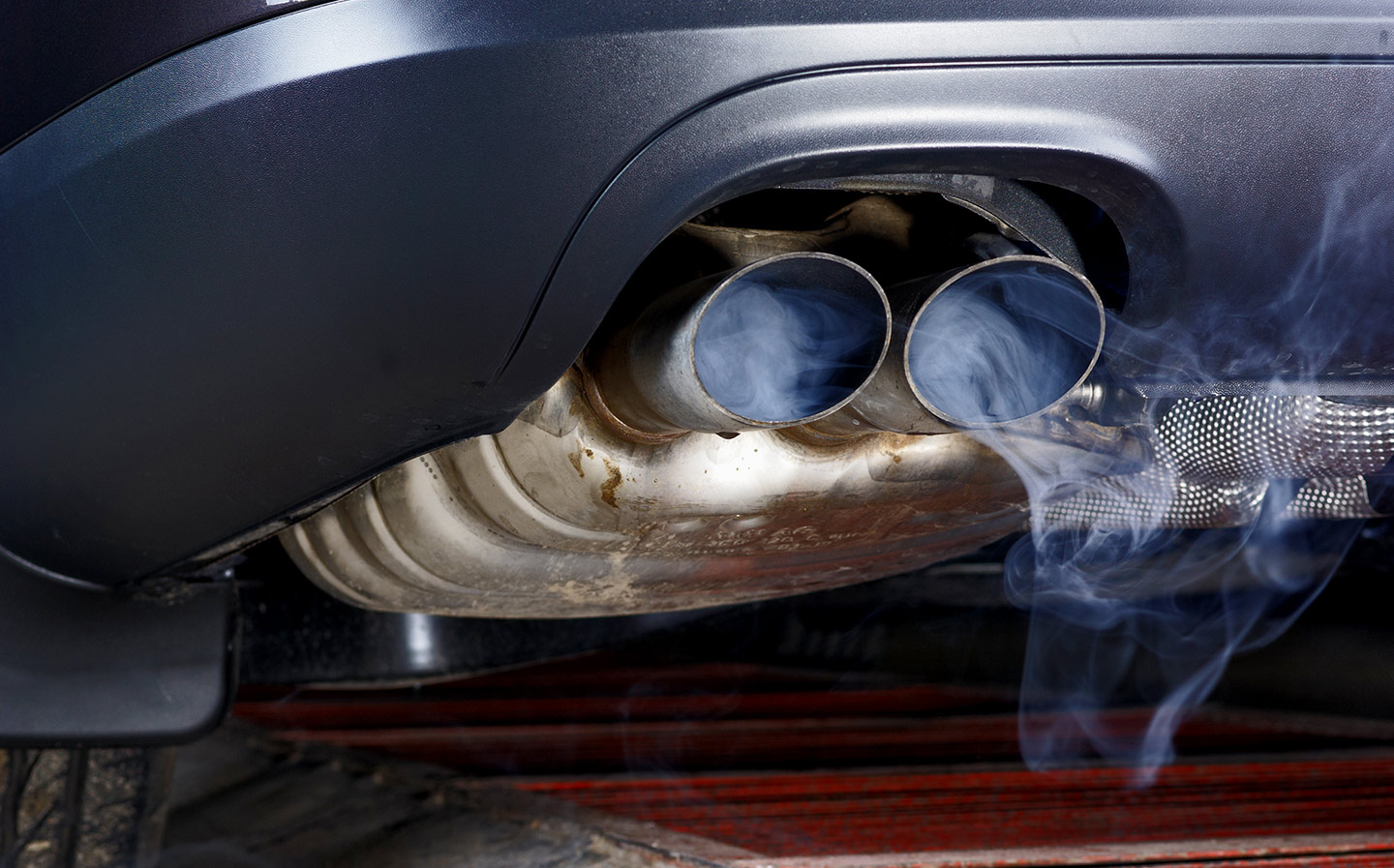Modern engines worse for the planet, better for our lungs, says study
It’s all heating up…
CONSUMER advice group Which? has found that new cars emit 7% more carbon dioxide (CO2) into the atmosphere than their older counterparts, with an average rise of 10.5g/km.
At the beginning of 2017, the organisation tested 292 models of all car classes and fuel types. It involved lab tests including a “unique tough motorway cycle, where we accelerate up to and sustain motorway speeds,” that are claimed to catch out cars that are environmentally friendly at low speeds but start throwing out toxic gases when they’re pedal to the metal.
Which? also conducted testing while the car was carrying extra weight (200kg, specifically), and while the air conditioning and radio were on. Essentially, it tested a car behaving as it normally would, in the most scientific conditions possible. It says that this makes its test “more reliable than the official ones.”
Details beyond that are kept under wraps by Which?, though it says the lab tests conducted in 2019 followed the exact same processes as those in 2017. This means that although the official European emissions tests have become tougher in that time, and so manufacturer quoted emissions levels cannot be compared like-for like over that time period, the Which? results can be looked at side-by-side.
While the levels of CO2 of many cars were found to have risen between the two testing programmes, amounts of nitrogen oxides (NOx) fell by 84%, according to Which?
Carbon dioxide has been linked to global warming, and regulations clamping down on CO2 emissions led to a rapid increase in the number of diesel vehicles on our roads, as diesel engine emit less of the gas. However, they have since been found to emit a great deal more NOx and particulates, which have been found to be toxic and linked to health conditions and premature death in humans.
After the 2015 ‘dieselgate’ scandal, wherein it was revealed that VW had been cheating on emissions tests, diesel fuel had a spectacular fall from grace, with the number of diesel-powered cars bought falling from over half of all new cars to just over a quarter in five years.
However, advances in diesel engine technology have resulted in much more of the NOx and particulates being trapped and converted to harmless gases in vehicle exhaust systems.
Although the change was most dramatic in diesel cars, Which? found that NOx emissions had fallen across the board. The report says that the NOx emissions from “the latest cars are now genuinely a fraction of what they were, compared with cars made just a year ago.”

Which? has a few explanations as to how petrol and diesel cars could have become better for our health but less friendly to the environment. One is that all the engine modifications to reduce emissions have led to a rise in fuel consumption, which in turn is linked to CO2 output.
The other explanation is that cars have become heavier. While this rule doesn’t apply to all car classes, it is true of small petrol cars, large petrol hybrids, and especially mid-sized SUVs, which have put on an average of 198kg, or 10% more weight.
And as you’d expect, some car companies fared better than others. Subaru, for example, must have read the report through gaps in its fingers as the Forester, Levorg Sport Tourer and Outback were ranked the three “dirtiest” cars tested.
It’s worth noting, however, that the Forester is also available as a cleaner “self-charging” hybrid, and Subaru’s new “eBoxer” technology is also available on the XV crossover and Impreza hatchback. Subaru declined to comment on the tests.
Honda, whose popular CR-V SUV was found to be fifth dirtiest, told Which? that the engine tested was optimised for power and efficiency, that Honda has a legal obligation to apply the official tests, and that Which’s tests are different.
Conversely, Toyota was commended by Which? after taking the top five spots for “cleanest” cars, with the plug-in hybrid Prius taking the number one spot. A spokesperson told Which? that its “hybrids provide customers with excellent overall environmental performance at an affordable price.”
Results from a recent study by JATO dynamics have corroborated the conclusions made by Which?. The market research company found that CO2 emissions from new cars in 2019 was at its highest since 2014. The rise, however, was smaller than the difference than the difference between the 2017 and 2018 results.
Like Which?, it found that the positive environmental impact of the increasing popularity of EVs had been negated by the move away from diesel.
Felipe Munoz, global analyst at JATO Dynamics, said: “As expected, the combination of fewer diesel registrations and more SUVs continued to have an impact on emissions. We don’t anticipate any change to this trend in the mid-term, indeed these results further highlight the industry’s need to adopt EVs at a rapid pace to reach emissions targets.”
Tweet to @KieranAhuja Follow @KieranAhuja
Diesel tax anger as new models beat petrol in NOx pollution tests
Official real-world emissions test finds vehicles six times over limit for nitrogen oxides





